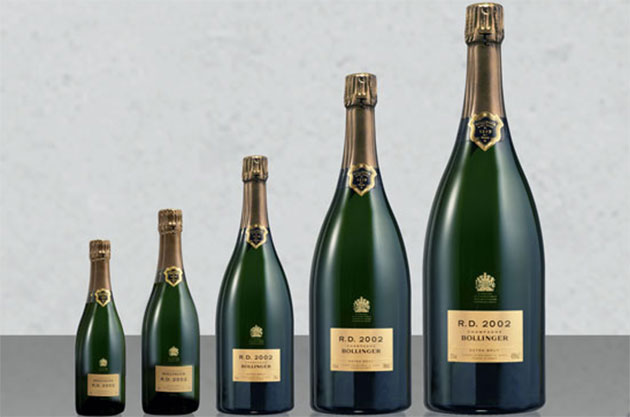Do smaller bubbles mean better Champagne...?
Champagne bubble size – does it matter?
Brian Fletcher, Warminster, asks: I have always understood that the smaller the bubbles, the better the fizz. But I was recently told that the size of the bubble is determined by the glass, not the quality of the Champagne or sparkling wine. Which is correct?
Tyson Stelzer, Decanter expert and author of The Champagne Guide 2016, replies:
Yes, smaller bubbles are an indicator of quality. The méthode traditionnelle process through which all Champagne and the finest sparkling wines are produced creates the bubbles during the second fermentation in the bottle.
The fewer impurities in the still wine and the cooler the cellar in which this fermentation occurs, the smaller the bubbles.
Tiny bubbles are easy to discern in the mouth as they produce a finer bead than the larger bubbles created by coarse juice, fast fermentation or carbonation.
While it is possible to appreciate smaller bubbles in the glass, I never judge the bead in this manner since the rate at which it is released is highly dependent upon the temperature and the inside surface of the glass.
-
Read more notes and queries every month in Decanter magazine. Subscribe to the latest issue here
-
Got a question for Decanter’s experts? Email us: editor@decanter.com or using #askDecanter
More questions answered:

Champagne fizz fading – ask Decanter
My Champagne never seems to have much fizz...

What is Pét Nat? – Ask Decanter
What is Pét Nat...?

Buying Champagne methuselahs – ask Decanter
How do I go about buying a methuselah of Champagne...?

Best glass for Riesling – ask Decanter
What is the best shaped glass to use for Riesling...?

Champagne corks – ask Decanter
Why do Champagne bottles have mushroom-shaped corks..?





